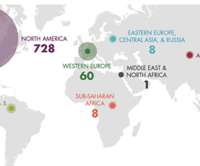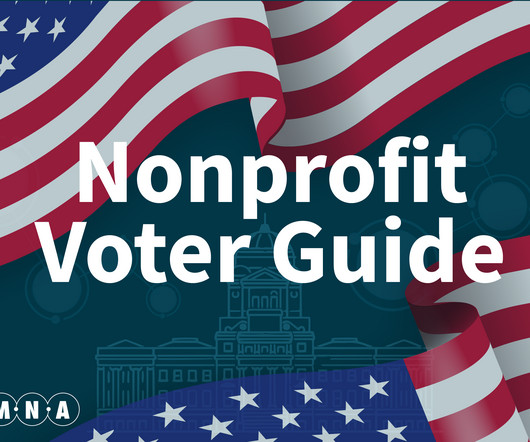Bridging for Environmental Justice across Space and Time: Cambodia and the US South
NonProfit Quarterly
NOVEMBER 21, 2024
3 Built on the Sesan River, the dam was part of the Chinese government’s “Belt and Road Initiative,” which sought to expand its “foreign policy interests.” 4 The Cambodian government’s stated aim is for the dam to provide enough energy to stop power outages and further develop the country.


















Let's personalize your content